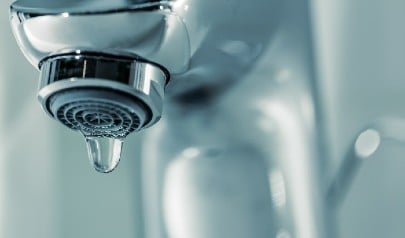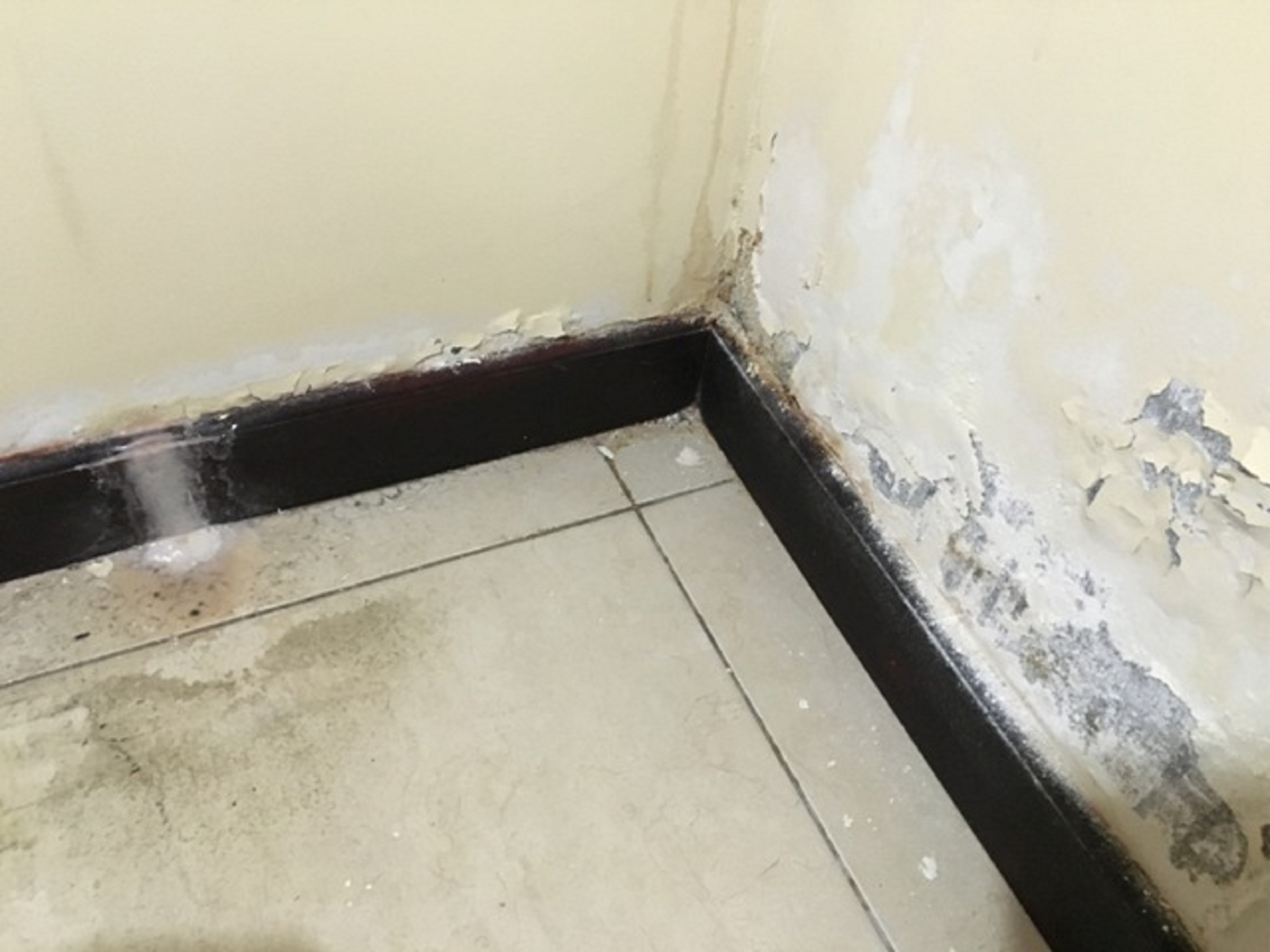Are you looking for information and facts around How to Fix a Water Damage Bathroom?

The washroom is incredibly prone for moist build-up and prospective water damages because of the constant use of water in it. This post offers basic examination techniques to assist detecting water damage threats.
The frequent use water in the washroom makes it incredibly prone for damp buildup and prospective water damages. By examining it on a regular basis, you can reduce water associated problems.
The adhering to set of assessments is very easy to perform as well as must be done as soon as in every three months in order to keep your shower room healthy and also to prevent prospective water problems brought on by the bathtub, the shower, pipe joints as well as plumbing, sinks, cupboards, and also the toilet
Do not neglect carrying out these assessments and also be thorough while performing them. Bear in mind that these basic examinations can conserve you a lot of money by offering early indicators for water damages
Sinks and also Cabinets
Sinks and also cabinets are exposed to moisture and humidity everyday as well as are commonly ignored. Check on a regular basis under the sink and also on the kitchen counter over it. Fix any kind of drip in the catch as it might recommend drainpipe troubles. Check out the sink, slow draining pipelines might show an obstructed drainpipe. Change sink seals if they are fractured or loosened.
Bath tub and also Shower
The shower as well as tub need special interest as well as maintenance. Check the tiles and replace if fractured. See to it that there is no missing out on cement in between the ceramic tiles. Examine as well as replace cracked caulking at joints where the wall surfaces fulfill the flooring or the tub. Clogged drains pipes as well as pipes troubles will certainly avoid the bathtub from drying out as well as may show severe issues beneath the tub. Talk to an expert right away to prevent structural damages. Focus on discolorations or soft areas around the bath tub wall surfaces as they may indicate an inner leakage.
Plumbing
Signs for water damage are difficult to spot since a lot of pipes are installed inside the wall surfaces.
Pay special focus to flooring and also wall surfaces moisture as well as stains as they might indicate an unseen plumbing problem. Examine moisture degrees in adjoining areas as well.
The Commode
The bathroom is an at risk water junction. Examine the water lines as well as search for leakages around the bathroom seat, in the tube, as well as under the water container. If you spot any kind of signs of dampness on the floor around the bathroom, check for leaks in the toilet edge as well as container seals.
Be aware that hanging bathroom bowl deodorants raises the chances for obstructions.
TIPS TO PREVENT WATER DAMAGE IN THE BATHROOM
The average household uses approximately 80-100 gallons of water per person per day. For a family of 4, that's almost 2,500 gallons of water a week! The largest portion of this consumption comes from bathroom use. Flushing the toilet uses the most water, followed by taking a shower or bath. With that much water running through the home, water damage in the bathroom is bound to happen. Knowing how to spot signs of a water leak is essential to preventing long-term damage. This guide provides you with tips to reduce the impact of water damage on your bathroom.
CAUSES OF BATHROOM WATER DAMAGE
Pipe breaks are the most common cause of water damage we see in our daily jobs. The age of a pipe plays a large role in a pipe break as well as corrosion. Over time, the metal begins to break down, allowing water to escape. Frozen pipe breaks are also a concern in the winter months. Toilet overflows caused by paper products or children flushing inappropriate items. Degraded caulking around the toilet or bathtub can allow water seepage, sometimes behind the fixture, into the subfloor or walls. Condensation forms when the water in a pipe is cooler than the air temperature. Beads of water form on the exterior of the pipes, sometimes so much so that the water begins to drip and pool below. Sink or shower backups created by poor drainage. HOW TO PREVENT WATER DAMAGE IN YOUR BATHROOM
Inspect your toilet supply line for worn or frayed hoses and replace them as needed. Winterize your plumbing to prevent a frozen pipe break. Use vent fans to prevent condensation that can lead to mold growth. Routinely check and replace degraded caulking around your toilet or bathtub. Increase the temperature in your toilet tank and insulate your pipes during the warm summer months to keep condensation from forming. Use child safety locks on the toilets. Flush only toilet paper. "Flushable" wet wipes are actually not good for your plumbing system. Additionally, feminine hygiene products should not be flushed. Prevent water from escaping the tub or shower. Make sure shower curtains are in good condition. Inspect shower doors and replace the seal strip if necessary. Wipe up any water that accumulates on the floor and use bath mats. Water left to sit can cause damage to the tiles and flooring. Refrain from using bath products containing heavy oils to avoid a clogged drain.

Do you like reading about How to Prevent Bathroom Water Damage? Create feedback below. We'd be delighted to find out your thinking about this article. Hoping that you visit us again in the near future. Sharing is good. Who knows, you may very well be doing someone a favor. We take joy in reading our article about Common Causes of Water Damage in a Bathroom.
Set Up An Appointment